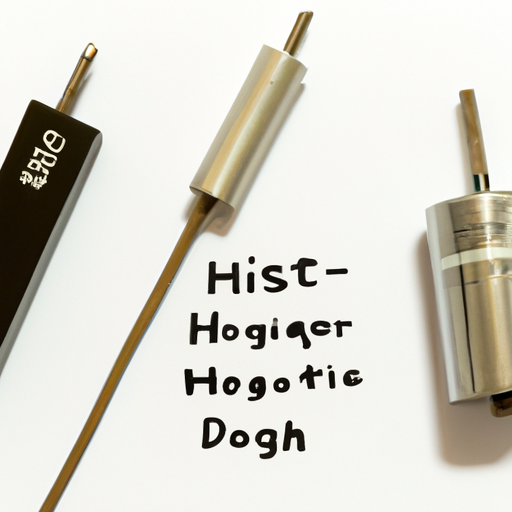High-voltage resistors are specialized components designed to withstand high levels of electrical voltage while providing a specific level of resistance. These resistors are commonly used in a variety of applications where high voltage levels are present, such as in power supplies, medical equipment, industrial machinery, and telecommunications systems.
High-voltage resistors are typically constructed using materials that can handle high levels of electrical stress without breaking down or failing. These materials may include ceramics, metal films, or wirewound materials that are specifically designed to withstand high voltage levels. The construction of high-voltage resistors is crucial to their performance and reliability, as any weaknesses in the materials or design can lead to catastrophic failure in high-voltage applications.
One of the key characteristics of high-voltage resistors is their ability to provide a specific level of resistance while operating at high voltage levels. This resistance value is typically measured in ohms and is determined by the design and construction of the resistor. High-voltage resistors are available in a wide range of resistance values, from a few ohms to several megaohms, depending on the specific requirements of the application.
In addition to their resistance value, high-voltage resistors also have a power rating that indicates the maximum amount of power they can safely dissipate without overheating or failing. This power rating is typically measured in watts and is determined by the size, construction, and materials used in the resistor. High-voltage resistors with higher power ratings are able to handle more electrical power without overheating, making them suitable for high-power applications.
High-voltage resistors are also designed to have a high voltage rating, which indicates the maximum voltage level that the resistor can safely withstand without breaking down or failing. This voltage rating is crucial in high-voltage applications, as exceeding the maximum voltage rating of a resistor can lead to electrical arcing, insulation breakdown, or even fire hazards. High-voltage resistors with higher voltage ratings are able to handle higher voltage levels without failing, making them suitable for high-voltage applications.
There are several different types of high-voltage resistors available, each with its own unique characteristics and applications. Some of the most common types of high-voltage resistors include wirewound resistors, metal film resistors, and ceramic resistors.
Wirewound resistors are constructed by winding a resistive wire around a ceramic or fiberglass core, which provides high levels of resistance and power handling capabilities. Wirewound resistors are commonly used in high-power applications where high levels of resistance and power dissipation are required.
Metal film resistors are constructed by depositing a thin film of resistive material onto a ceramic or fiberglass substrate, which provides high levels of precision and stability. Metal film resistors are commonly used in high-precision applications where accurate resistance values are required.
Ceramic resistors are constructed using a ceramic material that is doped with metal oxides to provide high levels of resistance and stability. Ceramic resistors are commonly used in high-voltage applications where high levels of resistance and voltage handling capabilities are required.
In conclusion, high-voltage resistors are specialized components designed to provide specific levels of resistance while operating at high voltage levels. These resistors are crucial in a wide range of applications where high voltage levels are present, and their design and construction are key to their performance and reliability. With a wide range of types and characteristics available, high-voltage resistors are essential components in many high-voltage applications.




















